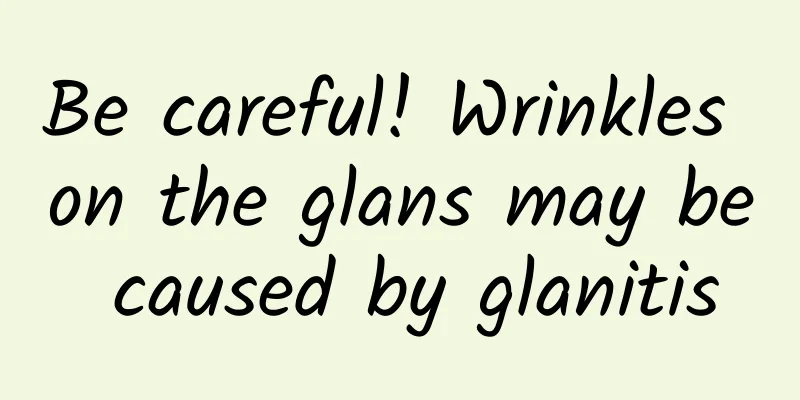Chronic prostatitis 15 sets of Chinese medicine

|
Chinese medicine prescription: Prescription 1, composed of Chuandongzi, Chuanxiong, Liujinu, peach kernel, liquorice, phellodendron, fennel, coix seed, red peony root, scutellaria baicalensis, cooked aconite, Dianthus superbus, and Corydalis. Usage: decoct the above prescription with water, one dose per day, twice a day. Function and efficacy: Clears away heat and dampness, regulates qi and resolves blood stasis, and is mainly used to treat chronic prostatitis. Chinese medicine prescription 2, Anemarrhena asphodeloides, Plantago asiatica, Scutellaria baicalensis, Peach Kernel, Safflower, Achyranthes bidentata, Ligusticum chuanxiong, Salvia miltiorrhiza, White Peony Root, Chinese medicine pangolin, Vaccaria segetalis, Scutellaria baicalensis, Phellodendron chinense, Chuandong nut, Corydalis chinensis, and Licorice. Take the above prescription once a day and decoct it in water. One course of treatment is seven days, with two days between each course of treatment. Effects and functions: Clears away heat and dampness, activates blood circulation and removes stasis, mainly for chronic prostatitis. Chronic prostatitis, because of its complex causes, is difficult to confirm the diagnosis. Some patients with chronic prostatitis cannot be cured and have repeated attacks. In addition to taking antiviral drugs according to the specific instructions of the doctor, it is recommended to go to the Chinese medicine department for treatment and use Chinese and Western medicine methods to achieve good treatment effects. Generally, one dose of Chinese herbal medicine is taken per day, and the medication is continued for 2-3 months according to the treatment process. The dosage of Chinese herbal medicine and the medication cycle can be adjusted according to the condition. In addition to taking medicines, local prostate massage can also be carried out, twice a day, each time for about 15 minutes, to improve the discomfort symptoms of prostatitis. 1. Chronic bacterial infection of prostatitis The main pathogenic factor is also pathogen infection, but the body's resistance is very strong or/and the pathogens are less virulenced, with reverse driving infection as the main cause. The main pathogens are Staphylococcus, followed by Escherichia coli, Corynebacterium and Enterococcus. Prostatic stones and urinary reflux may be the key reasons for the persistence of pathogens and the onset of infection. 2. Diffuse non-bacterial prostatitis The etiology is very complex, and the key causes of the disease may be the interaction of pathogen infection, inflammation, abnormal pelvic neuromuscular activity, and abnormal immunity. (1) Pathogen infection Although basic bacterial tests cannot isolate the pathogens of this type of patients, they may still be infected with some unique pathogens, such as Pseudomonas aeruginosa, L-type bacteria, nanotechnology bacteria, or mycoplasma positivity, chlamydia, etc. Studies have shown that the diagnosis rate of some prokaryotic DNA in patients with this type can reach 77%; in clinical medicine, some "sterile detection" prostatitis dominated by inflammation, recurrent or aggravated may be related to this pathogen. Other pathogens such as sparganosis, bacteria, viral infections, trichomonas, tuberculosis mycobacterium, etc. may also be key pathogenic factors of this type, but there is a lack of reliable direct evidence, and there is no unified recommendation so far. (2) Some factors hinder the urination function, causing the urethral sphincter to contract too much, resulting in obstruction of the bladder entrance and exit and indigestion, which leads to the backflow of urine into the prostate gland. This can not only bring pathogens to the prostate gland, but also directly stimulate the prostate gland, causing "acid prostatitis" which can be detected without sterilization, resulting in abnormal urination and pain in the pelvic area. Many patients with prostatitis have a variety of urodynamic changes, such as decreased urine flow rate, multifunctional urinary tract obstruction, detrusor-urethral sphincter coordination imbalance, etc. This abnormality may be related to various potential pathogenic factors. (3) Mental and psychological disorders. Studies have shown that more than half of patients with long-term prostatitis have significant mental and psychological disorders and personality changes. For example, anxiety, depression, hypochondria, hysteria, and even masochistic tendencies. This change in mental and psychological disorders can cause autonomic nervous system dysfunction, leading to imbalance in the posterior urethral neuromuscular function, causing pelvic pain and urination function imbalance; or causing changes in the hypothalamus-pituitary-gonadal axis and affecting male sexual function, further aggravating the symptoms. Removing tension and anxiety can alleviate or cure the symptoms. However, it is not clear at this stage whether changes in mental and psychological status are the immediate cause or a secondary manifestation. |
<<: What medicine can cure chronic prostatitis quickly?
>>: Does chronic prostatitis affect sex life?
Recommend
What are the weight loss exercises for men?
Who says that men don't need to lose weight a...
How can boys prevent hair loss?
Hair loss is a very common phenomenon, and there ...
There is a red mark on the glans penis, but it does not hurt or itch.
Although men are born with good physical fitness,...
Symptoms of impotence and premature ejaculation
Premature ejaculation is the main culprit that ha...
The harm of long-term drinking of cola for men
After intense exercise, you will feel very unbear...
Candida infection symptoms in men
There are many common diseases among men. The tre...
What is long-term spermatorrhea?
Long-term spermatorrhea is a very harmful symptom...
What are the prescriptions for premature ejaculation?
Premature ejaculation is a disease of male genita...
Why does the glans become red and itchy?
The glans penis is a part of the male reproductiv...
Is it normal to have ejaculation for two consecutive nights?
Spermia is a sign of maturity for men, because it...
What causes itching down there in men?
For male friends, you should not ignore your repr...
Choose black foods to nourish your kidneys, darker is healthier!
Can men with kidney deficiency be cured by supple...
What are the symptoms of a urinary tract infection in men?
Male urinary tract infection is also called male ...
Why does it itch after suture removal?
For male friends, there will be some troubles in ...
Boys Fitness Equipment
Now the country is calling for national fitness, ...









